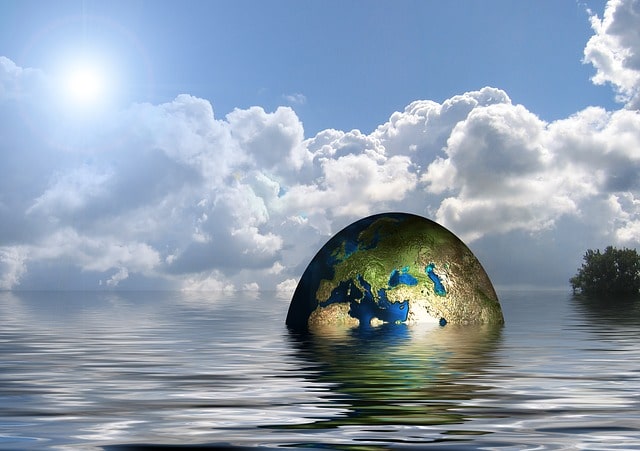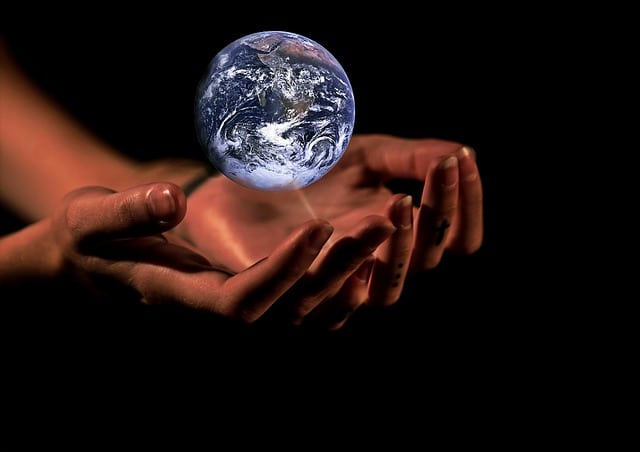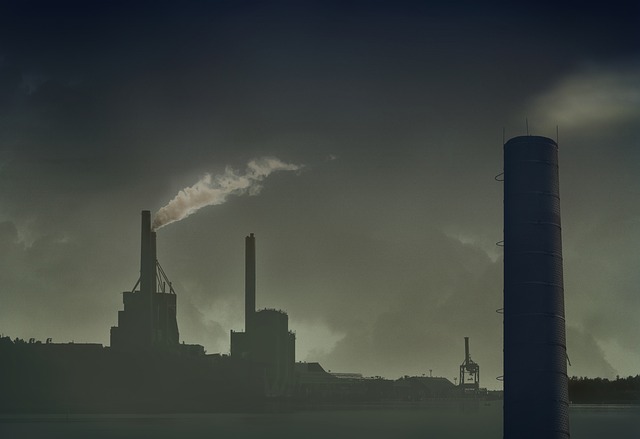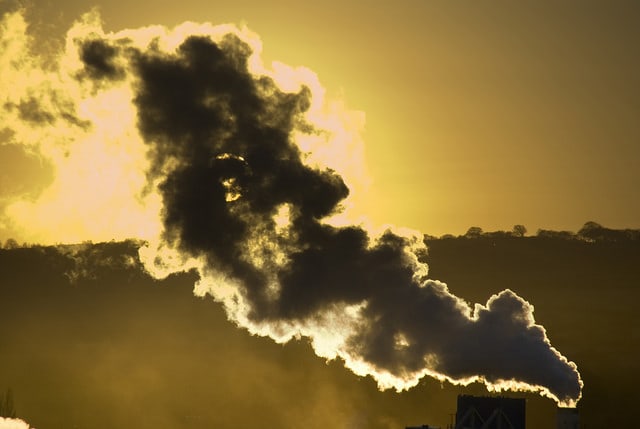20 Devastating Effects of Global Warming

There is a plethora of negative effects that global warming has on the planet, as well as human, animal, and plant life. Although not all of the causes of global warming are human-made, it is important to understand the impact that humans do have on global climate, as well as what effects come with that. The first step is to understand the negatives that come with global warming so that we can find solutions to it. The following are twenty of the most important effects of global warming:
1. Rise in Temperature: Since 1880, the global temperature has risen by 1.4 degrees Fahrenheit. This is the most obvious effect of global warming, as it shows the warming of the earth’s atmosphere. There are a number of negative effects associated with this rise in global temperatures. This is the main impact of global warming, which creates a domino effect of other problems around the world. It has been estimated that, by the end of the century, sea levels will rise anywhere from seven to twenty-three inches. As already stated, this could have a devastating effect on many coastal cities that are not protected from this rising level.
It has been estimated that, by the end of the twenty-first century, global temperatures will rise by an additional 5.8 degrees Fahrenheit. When compared to the previous century’s temperature change, this indicates that the impact of global warming is growing dramatically as the years pass. According to certain studies regarding global warming, the last two decades of the twentieth century were the hottest on record in 400 years. This coincides with the idea that both human and natural causes have led to an increase in global temperatures.
2. Rise in Sea Level: Over the last century, it has been estimated that the sea levels have already risen seven inches. If global warming continues, then the estimate of a rise between seven and twenty-three inches over the next century appears to be accurate.
3. Altering of Global Ocean Conveyor Belt: Deep-ocean water circulates via a system known as the global ocean conveyor belt. Global warming could cause is likely to alter this conveyor belt, causing extreme weather in many places. It has been claimed that a drastic altering of the conveyor belt could cause a “miniature ice age” in Europe.
4. Melting of Arctic Ice: Because of the impact global warming has on Arctic climates, ice in these areas is beginning to melt rapidly. There are a number of problems that follow from the melting of this Arctic ice, including the rise of sea levels, which has already been mentioned on this list.
Global warming seems to have its worst impacts on Arctic climates. Studies have shown that places like Alaska and Russia have seen temperatures rise at a much higher rate than other places around the world.
5. Threat to Ecosystem: Coral reefs are also highly impacted by global warming, causing damage to the ecosystem which is likely to lead to the loss of an abundance of plant and animal life. Coral reefs are already a fragile ecosystem, and the increase in global temperatures makes this fragility even worse.
6. Ocean Acidification: Global warming causes ocean acidification, which is not only a danger to corals, but also to other forms of sea life. If the ocean’s pH levels reach a certain point, a number of ocean animals are at extreme risk, including plankton. Because of the way the food chain functions, this could have a domino effect that leads to the extinction of other sea animals which rely upon them for food.
7. Threat to Small Islands: Due to the rise in sea levels, small island nations, particularly those in the Tropics, could be in danger of complete destruction. There are a number of problems with rising sea levels for these islands, not the least of which is flooding and increased severity of storms.
8. Economic Loss: One of the major impacts of global warming on human life is economic. Global warming could end up costing people billions of dollars due to property damage and loss of income. Global warming can cause both droughts and floods, neither of which are good for crops.
9. Relocation: Relocation is another negative impact of global warming on humans. With droughts in some areas and floods in others, many people will be forced to move from their current homes and into places where the weather is less extreme.
10. Grid Collapse: Stronger hurricanes and tsunamis can result in a massive grid collapse on which we are hugely dependent. The collapse of electrical system could throw normal life out of gear and may result in huge loss to the nations.
11. Spread of Diseases: It is likely that global warming can lead to the spread of major, infectious, deadly diseases. With a change in the pattern of heat and humidity in many areas, it is very likely that mosquitos carrying deadly diseases could move from more tropical areas where those diseases thrive to other parts of the world and spread these diseases, making them global threats rather than merely equatorial.
12. Wildfires: Wildfires have always been a problem in the Southwest region of the United States. An increase in global temperatures would likely cause the already dry Southwest to become even dryer, thus leading to more wildfires. Because wildfires contribute greenhouse gases into the atmosphere, this becomes a self-perpetuating effect, with wildfires caused by global warming making the phenomenon even worse.
13. Heat Waves: We have heard of heat waves more in the last ten years than in the last sixty years. Because of increase in the greenhouse gases in the atmosphere, heat waves are expected to rise in the coming years.
14. Droughts: Global warming could lead to less water in places where water is already scarce. The change in weather will lead to more droughts in already dry areas, and will also cause certain areas where fresh water is not already scarce to enter a state of scarcity.
15. Decrease in Human Population: With increase in the number and severity of storms, floods and violent aftermaths of hurricanes, it is expected that more people will lose their lives in the coming years. Rest of the population might succumb to air and water related diseases.
16. Stronger Hurricanes: Global warming will make hurricanes bigger and stronger. The temporary warming of global temperatures caused by El Nino already leads to a lot of high-level hurricanes. If this increase in temperature is permanent, these high-level hurricanes could become more frequent and even more dangerous.
17. Floods: Coastal cities are in more danger of floods due to storms than before. Tides rise during storms, and with an increase in damaging storms, we could see tides rise to the point where coastal cities are in danger of extreme flooding.
18. Risk to Coastal Cities: A rise in ocean levels also puts coastal cities at risk. Many coastal cities are thriving with infrastructure. If that infrastructure is destroyed due to flooding and high tides, any of these cities could lose a ton of money in assets. Nearly one-hundred million people live in coastal areas at an altitude within three feet of sea level. This means that the rise in the sea level will have a dramatic effect on these people’s lives.
19. Loss to Natural Habitat: Plants and animals live in certain areas because their ecosystems thrive in that particular climate. A global shift in climate could lead many of these plants and animals to lose their natural habitats. If that’s the case, the animals will either have to migrate or go extinct, and many of the plants could also face extinction.
20. More Storms: Severe weather such as droughts, floods, hurricanes, and other forms of storms can cause major damage to crops. For places where there are already people living in poverty, this can increase the food shortage and cause more people to be malnourished and even starve to death. This is yet another major impact of climate change on humans.






